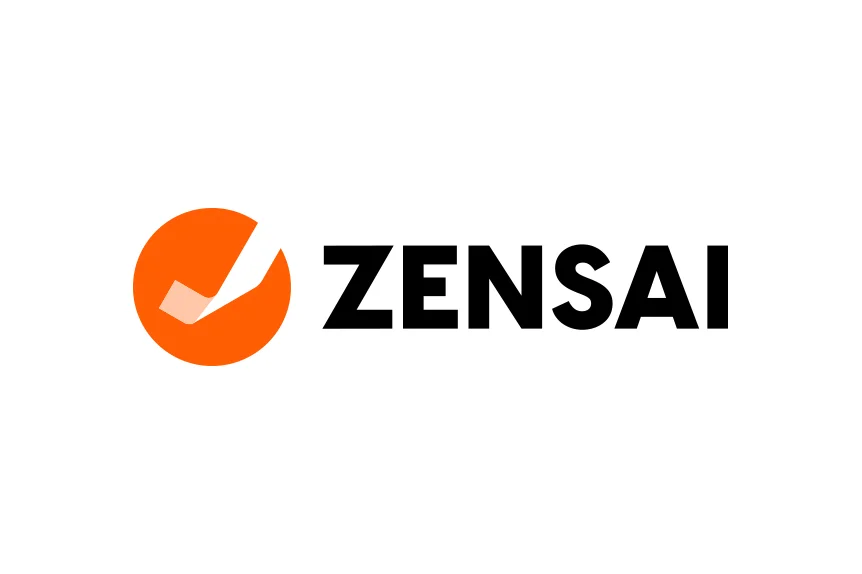When we say that employee wellbeing is important, we aren’t just talking about the Monday morning blues. From baseline job stress to straight-up toxic workplace cultures, it’s easy for employees to be worn down by their work commitments. That’s why knowing how to manage staff wellbeing is an essential skill for any manager.
2021 was defined by record-breaking stress levels and spiraling engagement stats. Yet, Gallup’s 2023 State of the Workplace reports that engagement levels seem to have swung the other way, with record highs. In total contradiction though, the majority of the world’s employees are quiet quitting. How is this?
Well, the fact is that these “record-breaking” levels of employee engagement are only 23% globally. So, more than three quarters of the world’s employees aren’t engaged at work. As a result, rates of job stress are at record highs.
And they’ve been there for a while. That’s why knowing how to manage staff wellbeing has never been more important.
Managers are your first line of defense
Managers are an employer’s first line of defense against poor wellbeing in the workplace. It’s their job to watch over their team. And, in theory, a manager is best-positioned to resolve issues affecting someone’s wellbeing. But it seems the stats just don’t match up to reality. CIPD produced their 2021 Health & Wellbeing at Work Report. And even though employers have been doing a better job of proactive wellbeing support, management seems to be struggling.
Less than a third of respondents rated their manager as ‘confident and competent to spot the early warning signs of mental ill health.’ And only 38% agreed that their manager was confident to discuss mental health and point staff towards expert help.
Organisations are acknowledging the importance of caring for employees. But it’s clear they still need to bring their managers up to speed on how to manage staff wellbeing properly.
The how to spot the signs of poor staff wellbeing
A bit of job stress is just a natural part of life, and it’s unrealistic to expect people to dance with joy at all hours. What we mean is, in a hectic work environment, it’s easy for the warning signs of poor wellbeing to pass you by.
Unfortunately, people don’t have visible meters telling you how close they are to having a breakdown. So, until someone invents an app for that, you’ll have to make do by spotting the signs:
- Sudden absenteeism or excessive presenteeism.
- Plummeting engagement and productivity.
- Changes in personality, including pleasanteeism
- Short-temperateness and other changes in mood.
- Decreasing social interaction with colleagues.
- Spacing out or remaining silent during group meetings.
The different forms of employee wellbeing
This isn’t the first time we’ve talked about the different types of wellbeing, so we’ll be brief. Essentially, wellbeing at work is about much more than mental or physical health.
They’re important, sure, but they often overshadow the other kinds of problems your people face. And if the last year has taught us anything, it’s that all forms of wellbeing matter.
Beyond physical health and mental wellbeing, employees also have their social and financial wellbeing to worry about. Though it’s fair to say that we’re all paying more attention to our social wellbeing in the wake of the pandemic.
But poor financial wellbeing is often looked down on as a personal failing. And that’s despite the fact that rates of career progression have slowed, meaning people are reaching financial milestones later in life. In 2020, the Institute for Fiscal Studies found that both men and women have been starting further down the ‘wage ladder’ than previous generations.
10 ways to manage staff wellbeing more effectively
We’ve made our case for the problem at hand, and the importance of wellbeing at work. So, now you probably want to know how to fix it. So, let’s go over some tips for how to manage staff wellbeing in your business:
1. Let your people be heard with an employee check-in
Knowing how to manage staff wellbeing means knowing how to have a conversation about it. Those old-fashioned engagement surveys just aren’t fit for tracking wellbeing reliably because they’re an intermittent snapshot.
Light-touch, regular employee check-ins give you a real-time view of wellbeing and engagement without disrupting anyone’s schedule. With a weekly employee check-in, your people know they never have long to wait if they want to bring a problem to your attention.
2. Use staff check-ins to manage regular wellbeing feedback
Our check-ins aren’t just a glorified complaints form, though. When it comes to regular feedback, managers should be giving as good as they get. Wellbeing problems don’t always stem from unreasonable workloads or a busy personal life. Sometimes, it’s because employees aren’t getting the guidance they need to excel at work. That’s why manager feedback is a critical step in the employee check-in.
3. Respond to all employee feedback
It’s true that an essential part of how to manage staff wellbeing is giving employees a voice via two-way feedback. But if that’s all you do, they’ll just lose faith in the feedback process. You need to take action when you can. And when you can’t, you should still make a point of responding to feedback. That way, employees know you’re not ignoring their concerns.
4. Ditch the s*** sandwich
If you’re still struggling to figure out how to manage staff wellbeing, you might do well to reflect on your management style. The so-called “feedback sandwich” has become pretty popular in professional circles. But if that’s how you manage performance, you may be doing more harm than good.
Employees tend to overly focus on one part of the sandwich, good or bad. That’s why you need clear lines of division between your positive and negative feedback.
5. Hold people accountable for their responsibilities
Challenging your people might seem counter-intuitive when it comes to supporting employee wellbeing. But if you don’t hold people accountable, standards start to slide.
And when that happens, it creates problems and increased workloads for others down the line. If someone isn’t taking their job seriously, you need to call them out for the good of everybody else.
6. Reduce stress by setting clear expectations
Autonomy can be a real boon for employees, so long as it’s expected. When employees aren’t clear on their responsibilities, it seriously magnifies the stress of their role. Setting expectations early on about a given task can help keep your team’s blood pressure down in the long run.
7. Schedule regular 1:1s that focus on your staff wellbeing
A big part of how to manage staff wellbeing more effectively is learning to focus on the individual. We’re not saying that 1:1s should be as regular as your check-ins, by any means. But making time for a private 1:1 discussions really shows that you care. Just remember that you’re there to talk about the employee, and not how they’re affecting your bottom line.
8. Transparency and trust creates a healthy workplace culture
Basic fairness is a core element in any good workplace. But even the perception of unfairness can tank wellbeing and engagement in your team. That’s why it’s in your best interests to be transparent with your people. Explain your selection criteria for handing out promotions. Talk about the business’s goals.
Trust is something you can only build up by treating people right and having a healthy dialogue over time. So be open with your people and exchange feedback on the regular.
9. Use public recognition to champion your people
Recognition goes a long way towards making your people feel valued. And public recognition is even better. That’s because peer recognition can be even more valuable than praise from a manager. So, by making employee achievements highly visible, you can really stimulate positivity in your business.
10. Make time for ice-breakers and water-cooler moments
Even the most hectic workplaces shouldn’t be all-out at all times. It’s the more casual interactions we have with colleagues that help us to connect. Research from Gallup shows that women who had a best friend at work were more than twice as likely to report being engaged (63%) than those who didn’t (29%). So, it’s in your best interests to enable social activities and informal conversation.
So, what’s the key takeaway?
We’ve piled quite a lot of advice on you, and it might take a while for you to start applying it all. But if there’s one thing you should take away from what we’ve said, it should be this:
Managers can’t turn a dial and magically change employee wellbeing. But as a boss, you have the lion’s share of influence over your team’s working lives. So, don’t take your influence for granted. Start using your powers for good!









